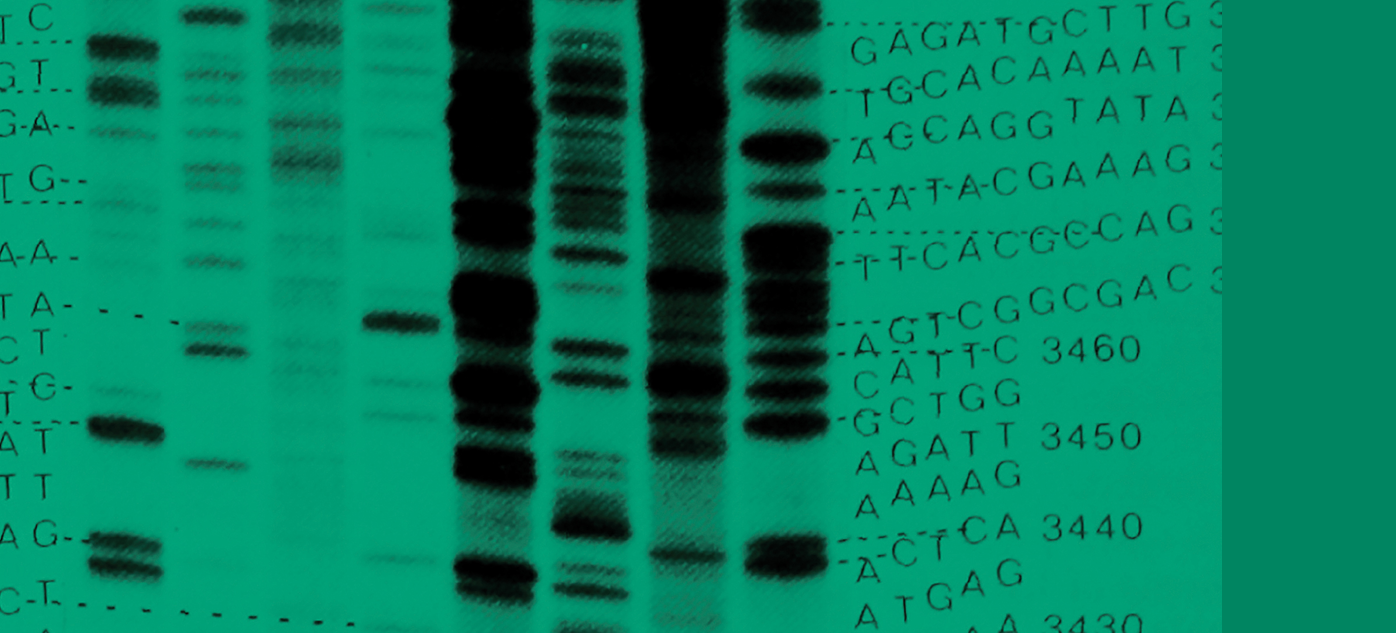Can metagenomics be used to identify safe food?
Posted on February 7, 2025 by Dr Samuel J Bloomfield
Dr Samuel Bloomfield takes us behind the scenes of his latest publication “Ecological insights into the microbiology of food using metagenomics and its potential surveillance applications” published in Microbial Genomics.
My name is Dr Samuel Bloomfield, and I am a postdoctoral researcher in the group of Professor Alison Mather at the Quadram Institute, UK. My research focuses on using genomics and metagenomics to understand the microbial populations on food and make it safer.
Global trade provides the opportunity to consume food from around the world, from a wide range of animals and plants, and produced using a range of methods. However, it also allows micro-organisms on the food to be transmitted, including micro-organisms that are a health risk. Methods are required that can quickly test food for known and emerging pathogens.
We previously developed a method that allows us to remove plant and animal DNA from most food samples. The microbial DNA that remains can then be sequenced to describe the microbial population present. This methodology is known as food metagenomics and in this research project we wanted to determine whether it could be used to detect pathogens on food, identify antimicrobial resistant micro-organisms and see if there were any micro-organisms specific to different types of food.
Traditionally pathogens have been identified on food by growing (culturing) them using specific methods and using molecular and phenotypic tests to confirm their presence. This can take several days, which is why there is much interest in metagenomics that has been used to identify micro-organisms within a few hours. However, we found that food metagenomics inconsistently identified pathogens that we knew were present, as we had also cultured them from those samples. This is because pathogens usually made up less than 10% of the micro-organisms present on food. Instead, food was predominated by psychrotrophic bacteria such as Pseudomonas and Acinetobacter that can grow in the cool temperatures food is often stored at.
Antimicrobial resistant (AMR) micro-organisms on food are also a health risk, as infections caused by them are harder to treat. Micro-organisms may also spread AMR genes amongst them on food. Using long-read sequencing we were able to predict the origin of 59% of AMR genes on food to the genus level and they were most commonly attributed to Aeromonas, Shewanella and Acinetobacter. However, it was unclear what percentage of AMR genes were associated with mobile genetic elements and could thus be spread to other micro-organisms.
The types of food analysed in this study included chicken, leafy greens, pork, prawns and salmon, and we identified differences in the microbial populations found on them. For example, leafy greens were associated with a higher abundance of Pantoea agglomerans, a pathogen to some plant species and used to prevent fire blight in others. Chicken and pork were associated with a higher abundance of Pseudomonas weihenstephanensis, which is often associated with meat spoilage. Food types were also associated with different abundances of AMR, metal-tolerance and virulence genes, and the abundance of certain metabolic pathways.
There is a large amount of variation in the nutrients and macromolecules found on food. This in part explains why we found many differences in the types of micro-organisms found on different food types and what nutrients they can utilise. For example, leafy greens often contain pectin and their metagenomes were associated with a high abundance of genes involved in pectin degradation. Pectins are polysaccharides that are indigestible by humans but can be fermented by some micro-organisms in the gastrointestinal tract. Leafy greens may therefore be beneficial to the human diet by providing consumers with pectin and the micro-organisms to utilise them.
This study demonstrates the benefits and limitations of food metagenomes. On one hand it shows that metagenomics is currently unable to consistently identify pathogens on food and is therefore unlikely to be effective for food surveillance without enrichment or bait-capture techniques. On the other hand, it shows that food can be contaminated with a wide range of diverse micro-organisms, and we are only just scratching the surface of determining what contributes to this diversity and if we can modify the food metagenome to benefit our diets and health.
Thumbnail Image: Pseudomonas and Salmonella/Dr Samuel Bloomfield

